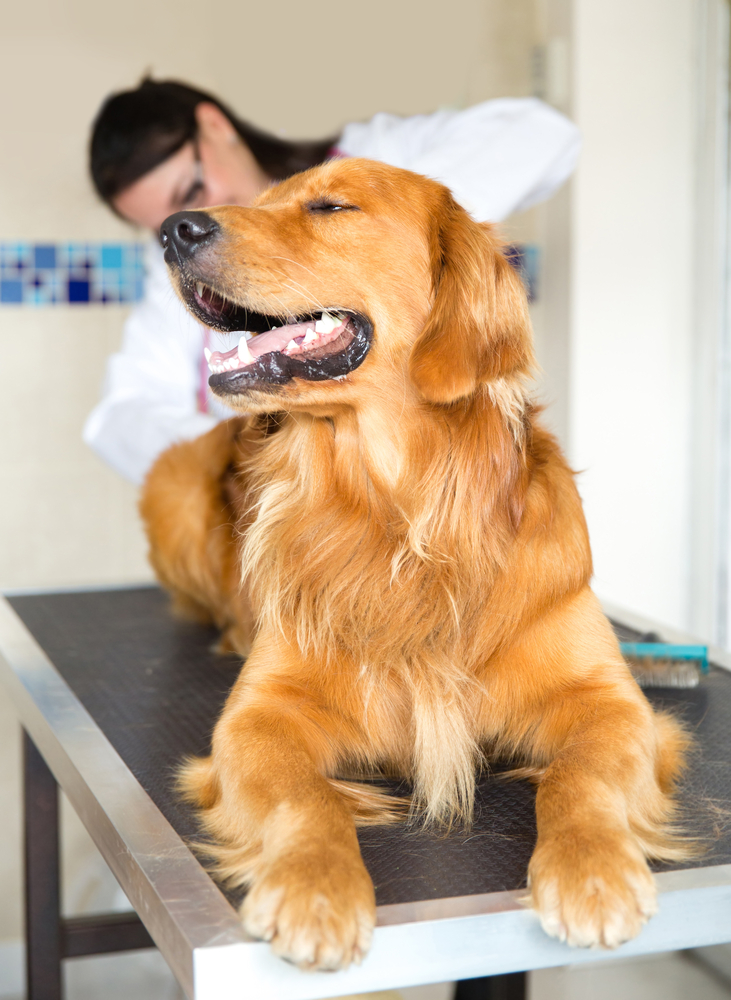One Minute Articles: Understanding Anal Gland Issues
March 20, 2024 | By David Jackson
Anal gland issues in dogs can be uncomfortable and concerning for both pets and owners alike. Understanding the signs, causes, and solutions is crucial for maintaining your dog's health and well-being.

What are Anal Glands?
Anal glands are small sacs located on either side of a dog's anus.
They secrete a smelly substance that aids in marking territory and communication with other dogs.

Signs of Anal Gland Problems:
- Foul odor around the anus.
- Leakage of fluid or pus.
- Redness or swelling near the anus.
- Scooting behavior (dragging bottom on the ground).
Causes of Anal Gland Issues:
- Excessive buildup of toxins from food.
- Poor diet lacking in fiber.
- Genetics or breed predisposition.
- Obesity or lack of exercise.
Solutions and Treatment:
- Change in diet: Switching to a high-fiber diet can help regulate bowel movements and prevent anal gland issues.
- Regular expression: Manual expression of the anal glands by a veterinarian can provide relief and prevent complications.
- Weight management: Maintaining a healthy weight through proper diet and exercise can reduce the risk of anal gland problems.
- Veterinary consultation: Always consult a vet for proper diagnosis and treatment recommendations.
Prevention Tips:
- Provide a balanced diet rich in fiber.
- Ensure regular exercise to promote healthy bowel movements.
- Monitor your dog's anal gland health during grooming sessions.
- Schedule routine check-ups with your veterinarian.
Conclusion:
Understanding the signs, causes, and solutions for anal gland issues in dogs is essential for proactive pet care. By staying vigilant and seeking veterinary guidance when needed, you can help keep your furry friend happy, healthy, and free from discomfort.
|